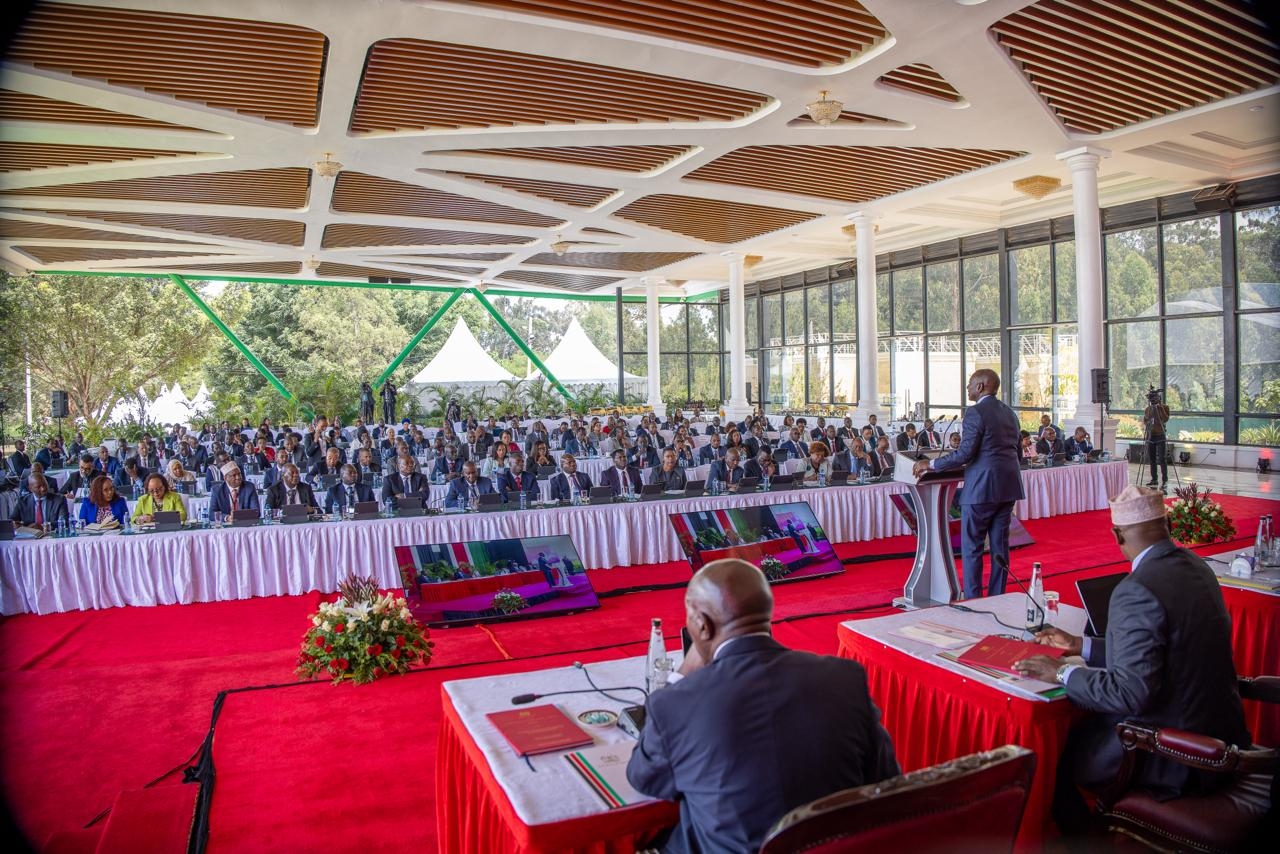

In our previous editions, we examined the definition of ghost workers, their causes, and actionable strategies to combat this issue.
In this third edition, we will focus on sustaining employee engagement over the long term, ensuring that ghost workers do not return and that productivity remains high.
Understanding
the Long-Term Impact of Ghost Workers
Ghost workers not only drain resources but can also affect team morale and productivity.
When active team members see their colleagues
disengaged, it can lead to frustration and a decrease in overall motivation.
Therefore,
it’s crucial to implement strategies that not only address the issue but also
sustain engagement.
To get more life tips from Jemima Ngode, click here to subscribe to her YouTube channel Acing life with Jemmie
Creating
a Dynamic Work Environment
1. Fostering Open Communication
- Regular
Check-Ins:
Encourage managers to hold regular one-on-one meetings with employees.
This provides a platform for discussing concerns and goals.
- Suggestion
Boxes:
Implement anonymous suggestion boxes to allow employees to voice their
thoughts without fear of repercussions.
2. Flexible Work Arrangements
- Offering
flexible hours and remote work options can significantly boost employee
satisfaction. When employees feel their work-life balance is respected,
they are less likely to disengage.
3. Inclusive Decision-Making
- Involve
employees in decision-making processes related to their roles and the work
environment. This inclusion fosters ownership and accountability.
Continuous
Learning and Development
1. Personalized Development Plans
- Create
tailored development plans for employees based on their skills,
aspirations, and performance. This personalization can help keep them
engaged and motivated.
2. Mentorship Programs
- Establish
mentorship programs that connect experienced employees with newer team
members. This can facilitate knowledge transfer and foster a sense of
belonging.
3. Skill-Sharing Workshops
- Organize
workshops where employees can share their skills and expertise with
colleagues. This not only enhances team dynamics but also encourages
continuous learning.
Monitoring
and Adapting Engagement Strategies
1. Regular Employee Surveys
- Conduct
periodic surveys to gauge employee satisfaction and engagement levels. Use
the feedback to adapt strategies and address concerns promptly.
2. Performance Analytics
- Utilize
performance analytics to monitor changes in engagement over time. This
data can help identify trends and areas for improvement.
3. Celebrate Milestones
- Recognize
team and individual achievements regularly. Celebrating milestones, both
big and small, can reinforce a positive and engaging work culture.
Conclusion:
A Commitment to Engagement
Sustaining engagement is an ongoing journey that requires
commitment from all levels of the organization. By fostering open
communication, providing learning opportunities, and continuously monitoring
engagement strategies, organizations can effectively combat the ghost worker
phenomenon and create a thriving workplace.
As we
conclude this edition, we invite you to reflect on the practices that can help
your organization maintain high levels of engagement.
What
innovative strategies will you implement to ensure that every employee feels
valued and motivated? The path to a vibrant workplace starts now!
The writer is the Radio Africa Group Human Resource Manager.











.jpg&w=3840&q=100)





